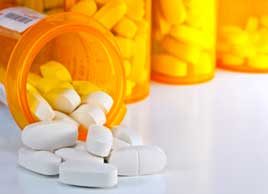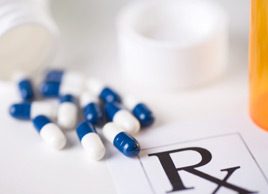
More calcium
Increase your intake of calcium-rich foods, such as milk, eggs, cheese, bread, leafy green vegetables, canned fish with bones (sardines, salmon) almonds and peanuts. Calcium supplements up to 1500 mg daily may be taken if you are not able to consume adequate calcium-rich foods in your diet.

Vitamin D
Found in red meat, liver, oily fish, full-fat or semi-skimmed milk, margarine, butter and egg yolks and is also made in the body through the action of sunlight on the skin. Vitamin D supplements up to 800 IU per day are also recommended to maintain adequate levels.

Increase weight-bearing exercise
Regular physical activity of a repetitive nature that allows the bones to bear the body’s weight helps the bone-making process. A brisk 20-30 minute walk, two or three times a week, may be enough. In some cases vigorous exercise may not be appropriate.

Stop smoking and reduce alcohol consumption
Smokers and heavy drinkers are at a greater risk of developing osteoporosis as well as many other diseases.

Selective estrogen receptor modulators (SERMs)
Drugs that function by competing with estrogen in the body at the estrogen receptor act by mimicking the effect of estrogen selectively at the bone. The drug is approved in the United States to prevent and treat osteoporosis in postmenopausal women.

Bisphosphonates
Bisphosphonates are drugs that affect bone by inhibiting its breakdown, preventing bone loss and increasing bone density and reducing fracture risk. They are prescribes oral tablets taken daily, once weekly, once monthly or once a year as an injection.
Related:
• “I learned to live with osteoporosis.”
• Foods that fight osteoporosis
• 5 myths about osteoporosis
